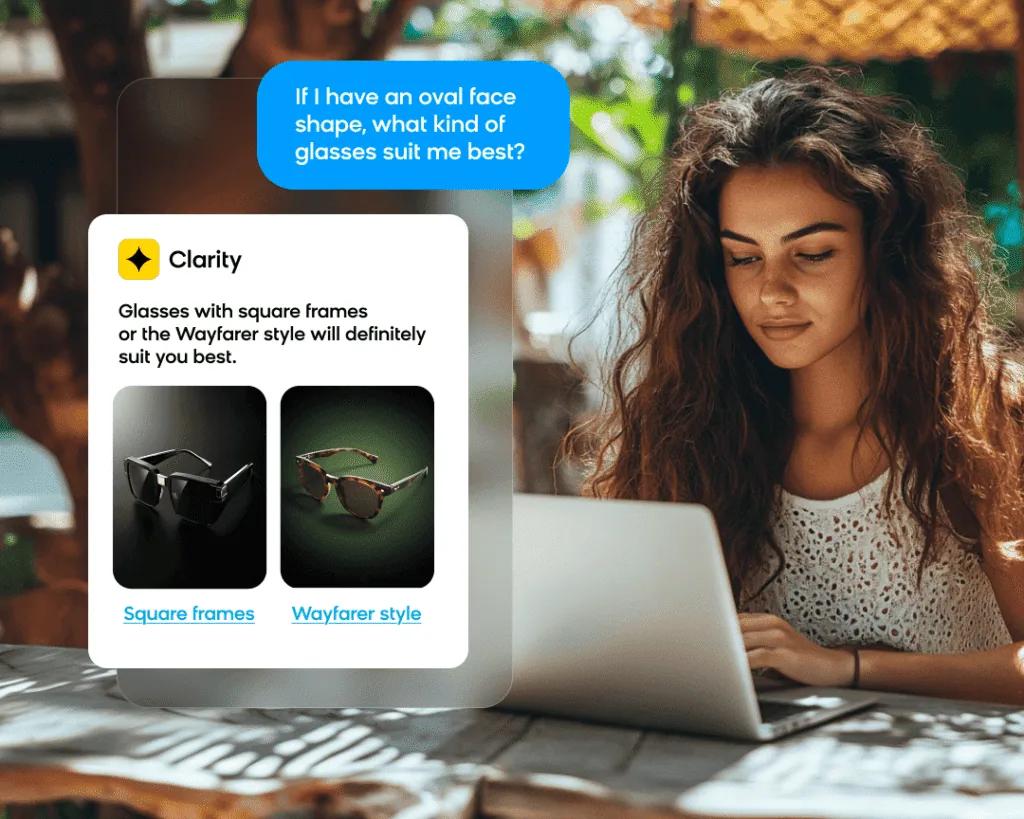The art of ad spend optimization stands as a crucial pillar for driving business growth and profitability.
For marketers aiming to navigate these complexities, mastering the ability to allocate budget effectively is paramount. At the heart of this process lies the ability to predict click-through rates (CTR), a metric that can dramatically influence the success of ad campaigns. By understanding the potential of each advertisement to engage potential customers, marketers can make informed decisions that maximize return on investment.
Ad optimization is not just about stretching your budget; it’s about making every dollar count. With AI’s massive impact on digital marketing, the need to refine ad targeting and placement has never been greater. Predicting CTR is a game-changer in this regard, as AI and machine learning can now offer insights that can inform the strategic direction of ad campaigns. By anticipating which ads are likely to resonate with audiences, businesses can reduce wasted spend and hone in on what truly drives engagement and conversions.
AI and machine learning can truly have a transformative power for ads. As a tool, machine learning offers ecommerce marketers the ability to analyze vast datasets and uncover patterns that were previously hidden. This advanced technology can predict CTR with remarkable accuracy, providing marketers with a blueprint for ad spend optimization. By leveraging algorithms that continuously learn and adapt, marketers can stay ahead of the curve, tailoring their strategies to meet the ever-changing demands of digital consumers.
The integration of machine learning into advertising strategies offers a competitive edge that is hard to ignore. In an industry where every click can translate to revenue, understanding and predicting customer behavior is invaluable. Ecommerce marketers who embrace these technological advancements are not only optimizing their ad spend but are also positioning themselves to outpace competitors by delivering more personalized and effective marketing campaigns.
Online Ad Optimization With Predictive Click Behavior Analysis
Online ad optimization has become a pivotal component for achieving effective advertising outcomes. Predictive click behavior analysis emerges as a game-changing approach, offering marketers the ability to anticipate user interactions and refine ad strategies accordingly. By leveraging predictive analytics, businesses can gain a deeper understanding of user behavior patterns, crafting advertisements that resonate with their audience on a more personal level. This method not only helps in enhancing user engagement but also ensures that marketing efforts are aligned with consumer preferences, thereby increasing the likelihood of conversion.
Bloomreach’s Loomi AI be used to make predictions on the click behavior of potential customers, allowing us to present the client’s advertisements to the right customers at the right time.
The use of marketing automation tools is not limited to optimizing marketing strategies for revenue growth. Well-established corporate businesses whose growth of their customer base has been nearly saturated can also leverage the benefits of marketing automation to their advantage.
Qualitative Requirements for High Click-Through Rates
The click-through rate challenge is not solely a concern of the advertiser. The platforms that provide advertisement space, such as search engines or social media platforms, share this concern of increasing the click-through rate as their business model is centered around selling advertisement space on a cost-per-click basis. It is therefore in their interest to prioritize advertisements that have a high potential to provide incentives to visitors to click. The search engine platforms use the following criteria to evaluate this potential:
- Appearance: Is the ad aesthetically pleasing? Does it contain too many punctuations, such as exclamation marks? Is it properly capitalized?
- Attention capture: Does the advertisement contain action words such as buy, join, or subscribe? Does it provide numbers, such as prices or discounts?
- Reputation: One of the manners that search engine platforms use to understand an online store’s reputation is to evaluate their domain name. What is the length of the domain name and does it end with .com, .net, .org, or .edu? The reasoning behind this rule of thumb is that the ownership of a short domain name with a generic top-level domain like .com or .net tend to be very expensive to own.
- Landing page quality: Does the landing page fulfill the intent of the visitor? Is it designed according to W3C standards?
- Relevance: Does the visitor’s search keyword or any subsets of it appear in the advertisement?
Further Enhancing the Click-Through Rate through Predictive Analysis
The best way to improve click-through rate is by presenting advertisements to the right customers at the right moment by predicting the likelihood of potential customers converting to website visitors. With Bloomreach, Loomi AI powers this.
Loomi AI is deeply woven throughout all of Bloomreach’s products. Specifically engineered to drive ecommerce growth, Loomi AI fuels connected and personalized customer journeys across every channel — at scale.
Learn more about how you can increase click-through rates with Loomi AI in our ecommerce use case library.














